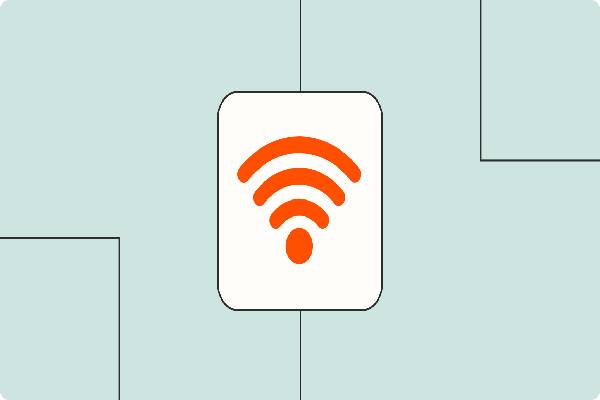technology and humanity cross

When Technology and Humanity Cross: Exploring the Intersection
Technology has become integral to our daily lives,
transforming how we communicate, work, and navigate the world. As technological
advancements continue to accelerate, there is an increasing intersection
between technology and humanity, raising profound questions about the impact on
society, ethics, and the essence of what it means to be human. This convergence
of technology and humanity has promising and challenging implications, shaping
various aspects of our lives, including communication, healthcare, education,
and ethics.
One of the most influential areas where technology and humanity intersect is communication. With the advent of smartphones, social
media, and instant messaging platforms, we are more connected than ever before.
Technology has made it conceivable for people from different corners of the
world to engage in real-time conversations, share experiences, and bridge
cultural gaps. However, this constant connectivity also raises concerns about
privacy, digital overload, and the erosion of face-to-face interactions.
Striking a balance between the benefits of technology-mediated communication
and the need for genuine human connection remains a challenge.
In healthcare, technology has revolutionized disease
diagnosis, treatment, and monitoring. From wearable fitness trackers to
telemedicine, technology has enabled individuals to take control of their
health and access medical expertise remotely. Artificial intelligence (AI) and
machine learning algorithms have the potential to analyze vast amounts of
medical data, assisting healthcare professionals in making accurate diagnoses
and developing personalized treatment plans. However, the ethical implications
of AI in healthcare, such as data privacy and the potential for bias in
algorithms, need careful consideration to ensure equitable access and patient
trust.
Education is another domain profoundly influenced by the
convergence of technology and humanity. Online learning platforms, interactive
digital textbooks, and virtual reality simulations have transformed traditional
educational paradigms. Technology has made education more accessible, allowing
individuals to learn at their own pace and from anywhere in the world. AI-powered
educational tools can also adapt to individual learning styles, providing
personalized feedback and recommendations. However, the digital divide and
concerns about the quality of online education persist, underscoring the
importance of bridging the technological gap and ensuring equal access to
educational resources.
Ethics and morality also come into play when technology and
humanity cross paths. The rapid development of technologies such as autonomous
vehicles, drones, and AI-powered systems raises ethical dilemmas. Questions
about the impact of automation on employment, the responsibility of AI systems
in decision-making, and the potential for misuse of technology are pressing
concerns. Striking a balance between technological progress and ethical
considerations is crucial to ensure that the benefits of technology are
harnessed responsibly and in alignment with human values.
As technology and humanity continue to intersect, it is crucial
to recognize that technology is a tool created by humans and should ultimately
serve human needs and aspirations. The responsibility lies with us to shape the
direction of technological advancements, ensuring that they align with our
values, promote inclusivity, and address societal challenges. Additionally,
fostering interdisciplinary collaborations between technologists, social
scientists, ethicists, and policymakers is essential to navigating the complex
landscape of technology and humanity, promoting thoughtful discussions, and
informed decision-making.
Fitness Month: Promoting Health and Wellness
Fitness Month is dedicated to promoting health and wellness among individuals and communities. It serves as a reminder and a catalyst for
people to prioritize their physical well-being by exercising regularly,
adopting healthy habits, and embracing a holistic approach to fitness.
The exact timing of Fitness Month may vary depending on
different organizations and regions. However, it is often observed in the early
months of the year, such as January or February, when many individuals are
motivated to kick-start their New Year's resolutions and make positive life
changes.
.
.

.jpg)